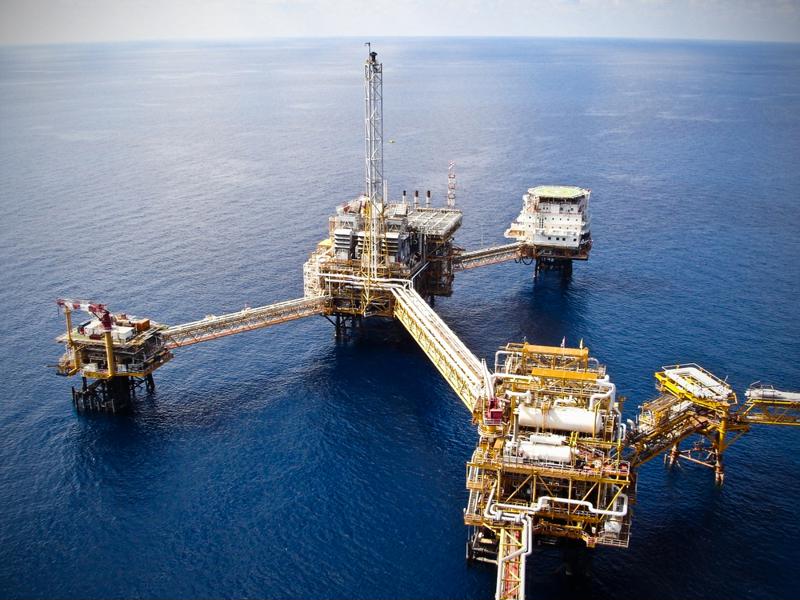The petroleum industry is an incredibly lucrative business, with profits exceeding the billions. However, it is also really risky, for companies must undertake an expensive process to explore and identify new fields, then procure and move heavy equipment to sites, including hazardous areas such as the ocean. On top of that, they must maintain various amounts of assets, from the proven reserves in the ground to the mobile drilling platforms that are intricate and require extensive upkeep. In industries such as this one, it’s imperative to cut costs wherever possible. Big data can help address this problem by creating data-driven oil fields and enabling predictive asset management.
A clear future on the oil field
Drilling for oil or gas itself is one of the most expensive operations in the industry. It’s a process that requires extensive probing of the ground for seismic activity, a key factor of determining the location of petroleum reserves. An inaccurate drilling spot can cost a company heavily. Forbes noted efforts by several oil companies to greatly increase the number of probes from thousands to millions and use data analytics to extrapolate that information to find better locations to drill. The result is better production forecasting based on the location of the drills. This cuts down on overhead, increasing profit margins.

Oil rigs need accurate data for drilling, often in difficult locations.
More functional equipment means better dollars
Another issue in cutting down costs is equipment. Oil drilling often involves extensive unified machinery that is massive and complex to use and move. More importantly, companies must deal with a variety of other assets, from refineries to gas stations, that need considerable maintenance to ensure everything in the supply and distribution chain functions properly.
Such is the case with Petroecuador, a state-owned oil company in South America. With 148 service stations, various refineries and pipelines, as well as an oil transport fleet, there is a need to have a singular asset maintenance system that not only detects but also predicts asset problems so that the firm can fix them before they disrupt operations. The company worked with IBM to create a data analytics solution tailored to this problem. The company now analyzes patterns of pipe or pump failures on specific lines and stations, and it can quickly anticipate when problems will surface. It enables a drop in operating costs through reduced parts procurement and inventory. This in turn saves the company and government money, which helps them improve profits that go back into running the country. Combining reliable asset management with accurate drilling allows oil companies to bolster their bottom lines.





